Evolution And Classification
Key Notes:
Evolution: Definition and Overview
- Evolution is the gradual change in the characteristics of a species over many generations, leading to the development of new species.
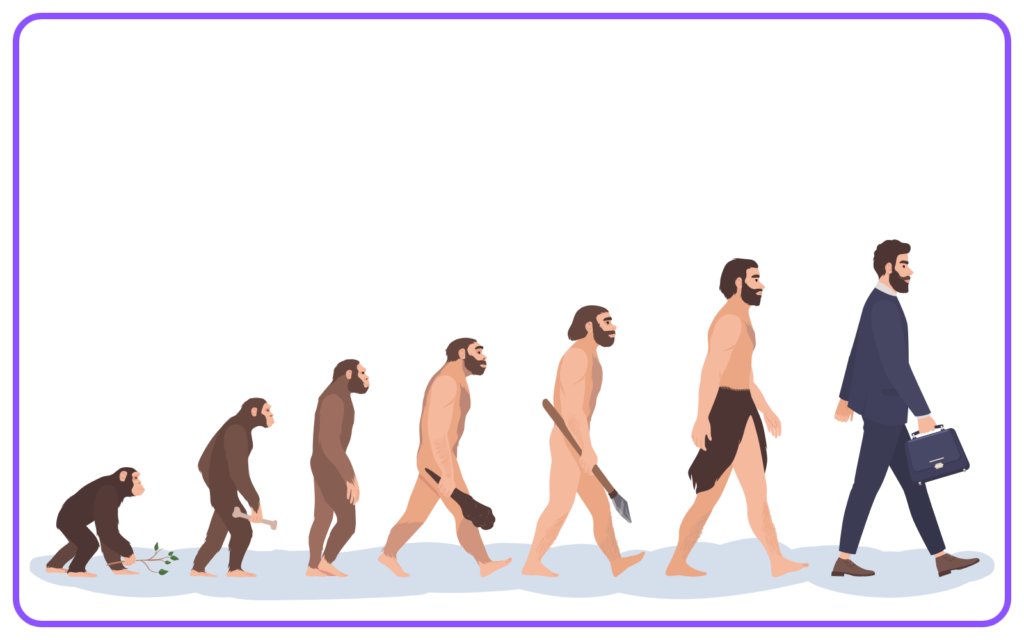
- It explains how modern organisms have descended from ancient ancestors.
- Charles Darwin is known as the “Father of Evolution” for his theory of natural selection.
Evidence for Evolution
- Fossils: Preserved remains of ancient organisms that show gradual changes over time.
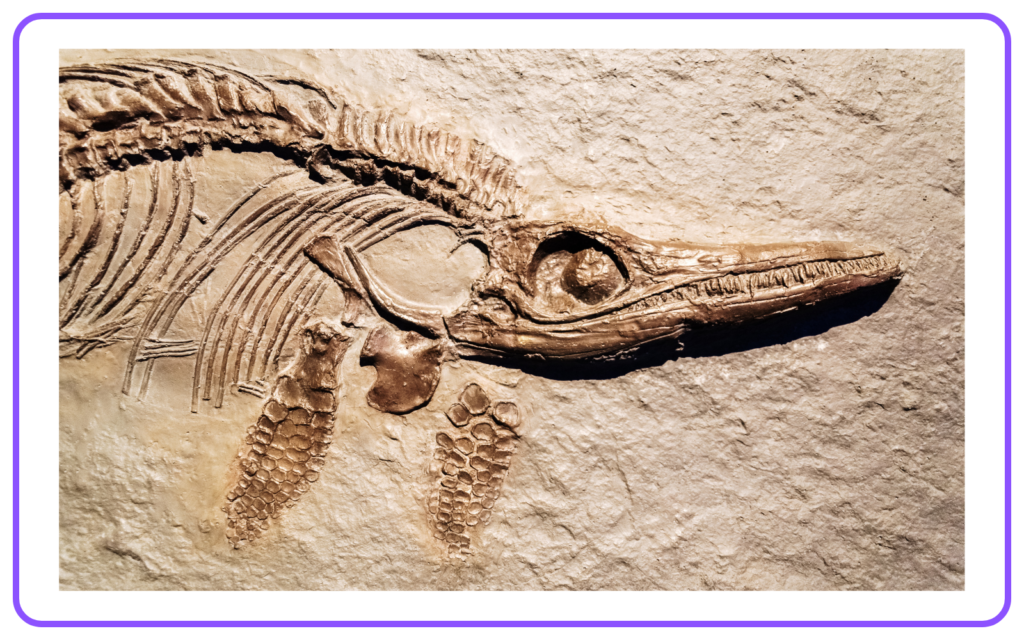
- Comparative Anatomy: Studying similarities in the structure of different organisms (e.g., homologous and analogous structures).
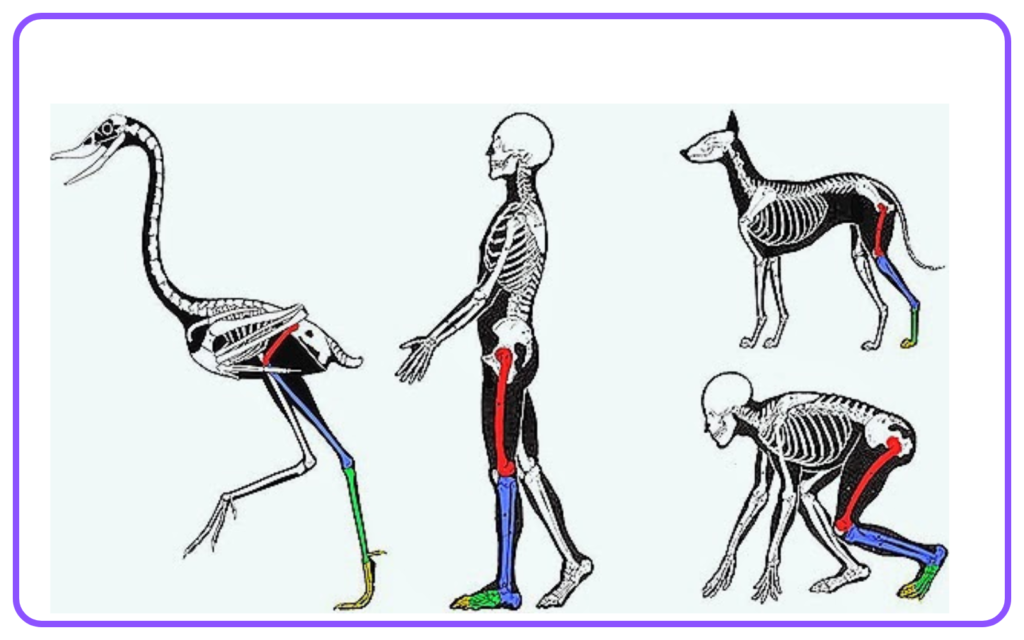
- Embryology: The study of developing embryos shows similarities between different species.
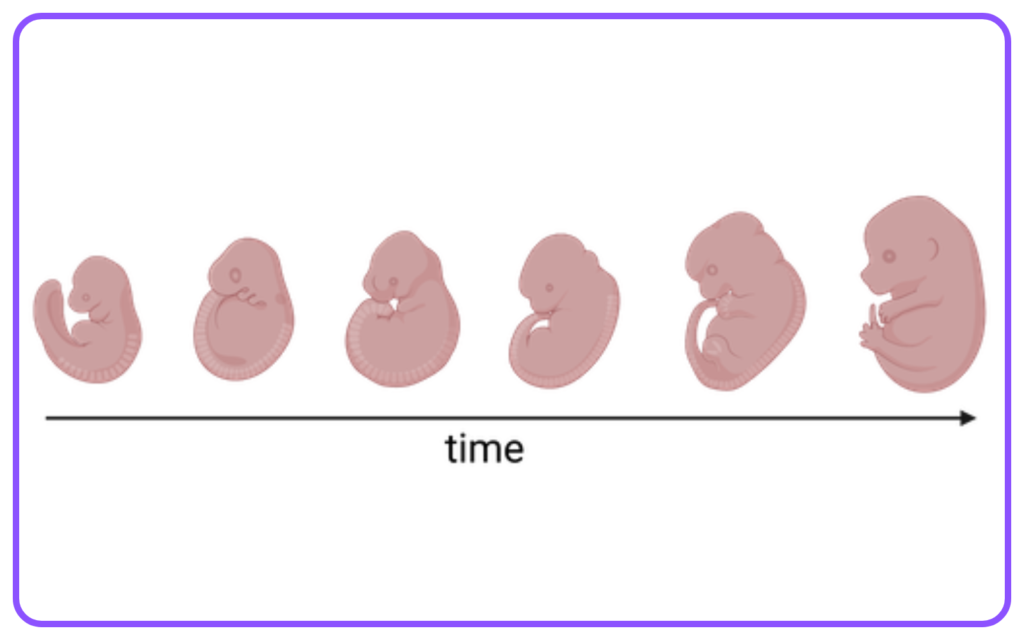
- Molecular Biology: DNA and protein similarities indicate common ancestry among species.
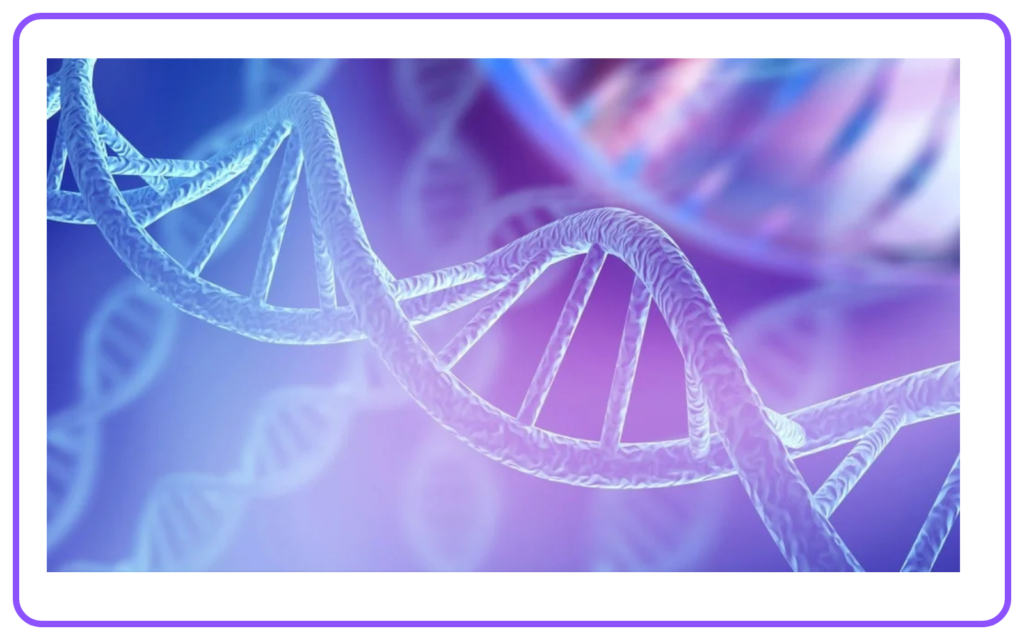
- Biogeography: The distribution of species across different geographical regions supports evolutionary history.

Charles Darwin and Natural Selection
- Darwin proposed that organisms better adapted to their environment are more likely to survive and reproduce.
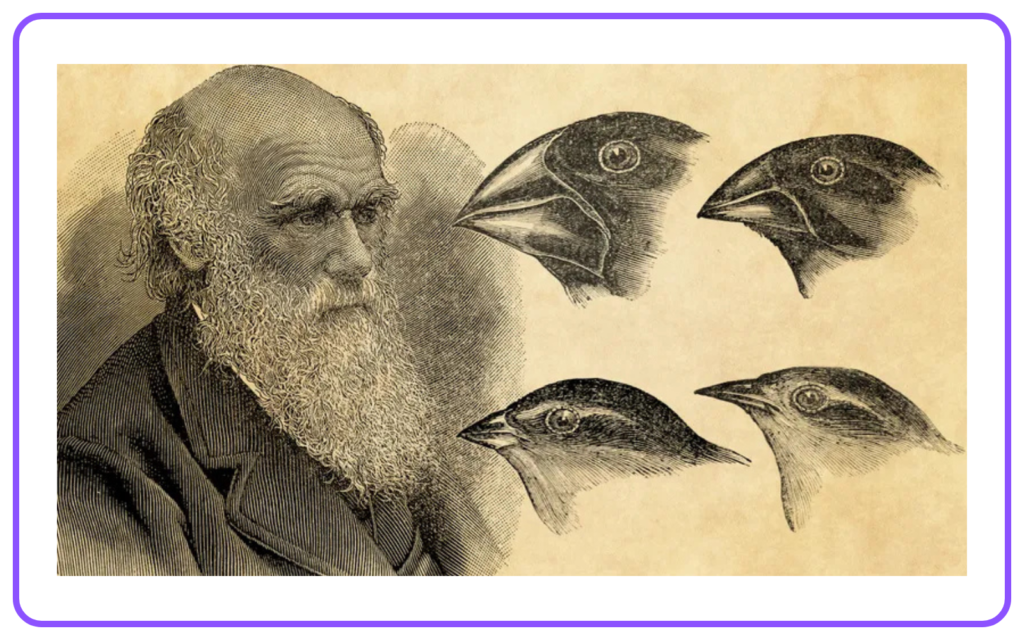
- Key Concepts of Natural Selection:
- Variation: Individuals in a population have different traits.
- Overproduction: Organisms produce more offspring than can survive.
- Competition: Limited resources lead to competition among individuals.
- Survival of the Fittest: Organisms best suited to the environment are more likely to survive.
- Adaptation: Over time, favorable traits become more common in the population.
Classification and Its Importance
- Classification is the systematic arrangement of organisms into groups based on similarities and differences.
- Helps in understanding the relationships and evolutionary history of organisms.
- The science of classification is called taxonomy.
Hierarchical Classification System
- Kingdom → Phylum → Class → Order → Family → Genus → Species
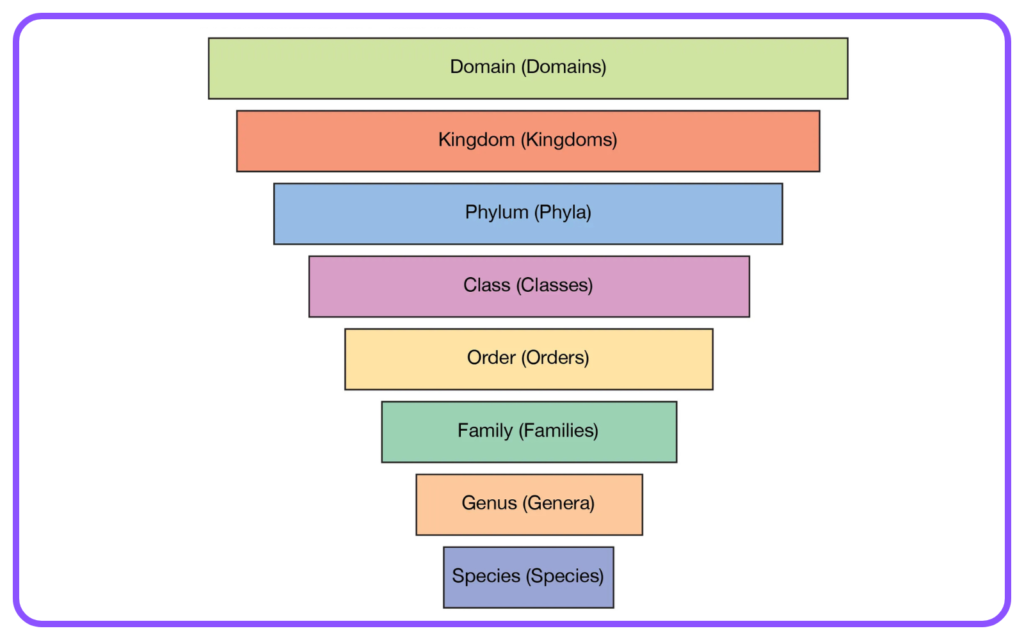
- The Binomial Nomenclature system (developed by Carl Linnaeus) uses two names for each species: Genus and Species (e.g., Homo sapiens).
Basis for Classification
- Morphological Characteristics: Physical structure and form.
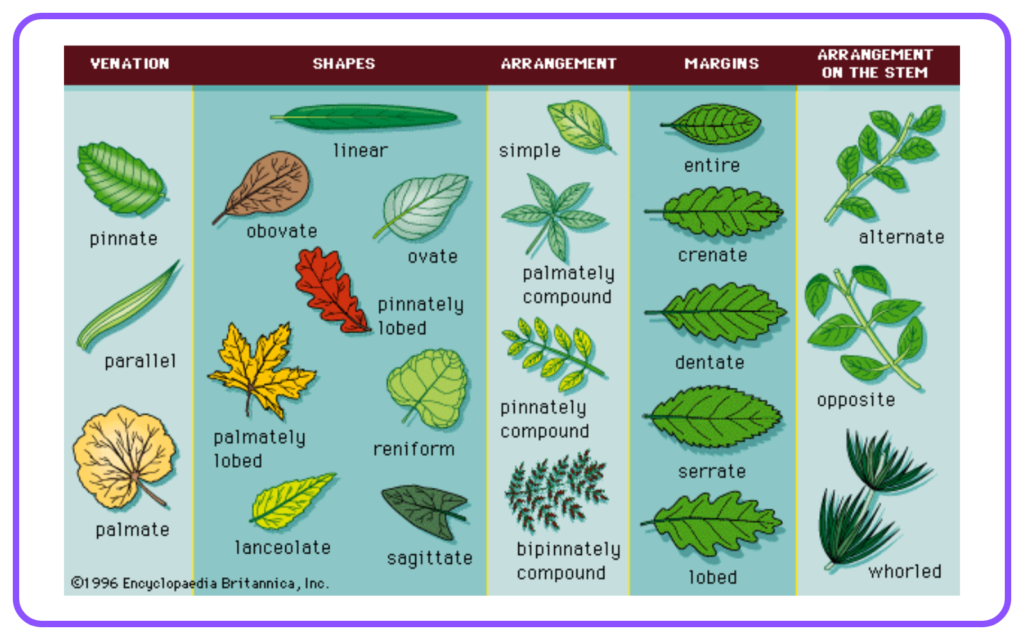
- Genetic Information: DNA analysis and molecular data.
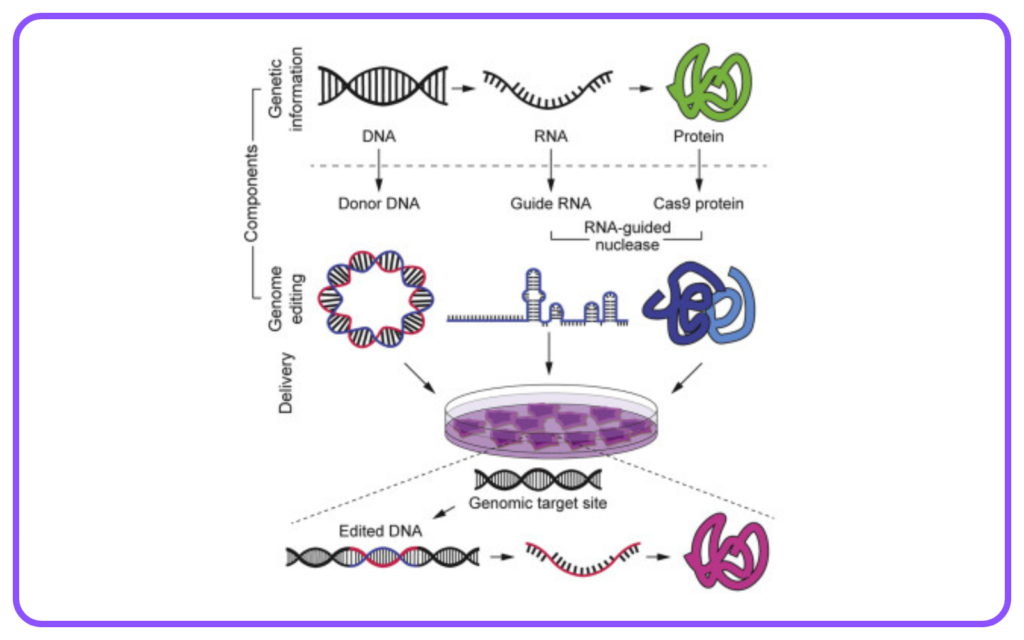
- Embryonic Development: Similarities in early developmental stages.
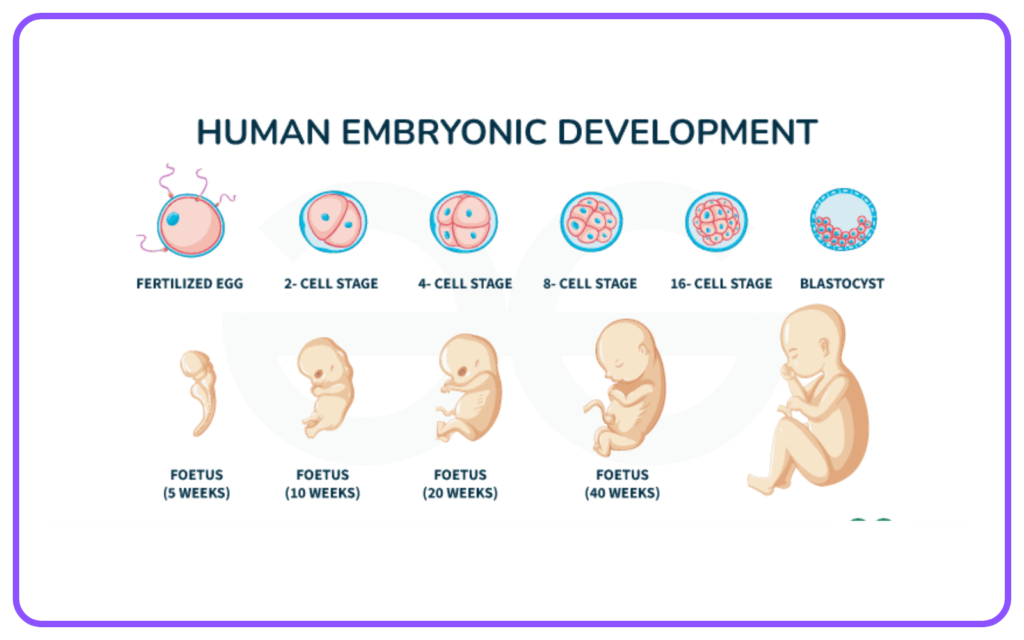
- Ecological Niches: Role and habitat of the organism.
Evolutionary Relationships and Phylogeny
- Phylogenetic Tree: A diagram showing evolutionary relationships based on common ancestry.
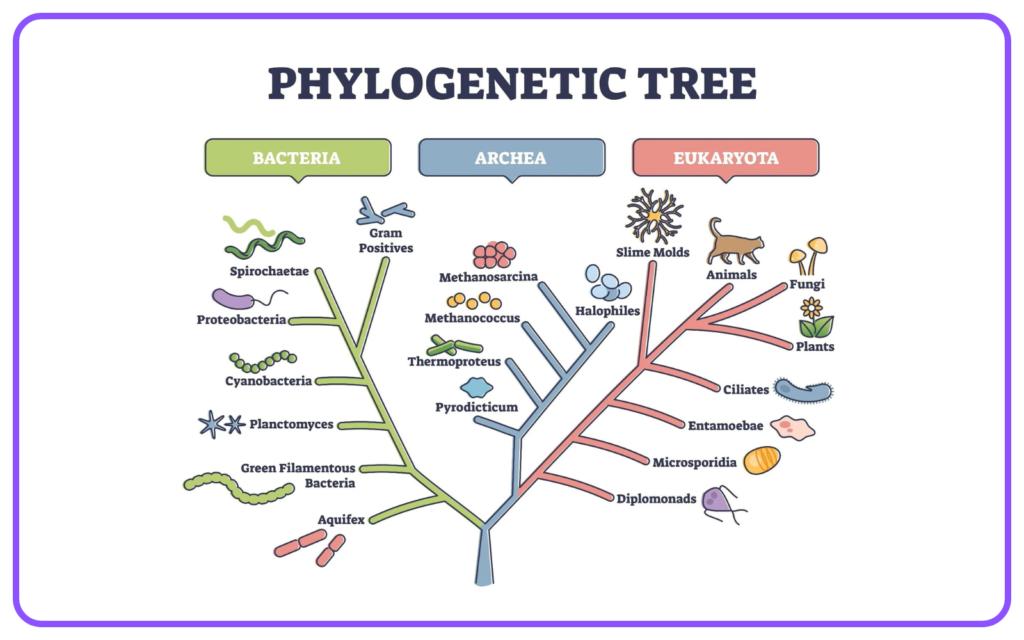
- Organisms closer on the tree are more closely related.
- Cladistics: Classification based on common ancestry and shared characteristics.
Human Evolution
- Humans belong to the primate order, which also includes apes and monkeys.

- Major stages of human evolution include Australopithecus, Homo habilis, Homo erectus, and Homo sapiens.
- Evidence of human evolution includes fossil records, tool usage, and DNA analysis.
Speciation and Extinction
- Speciation: The formation of new species due to isolation, genetic drift, and environmental factors.
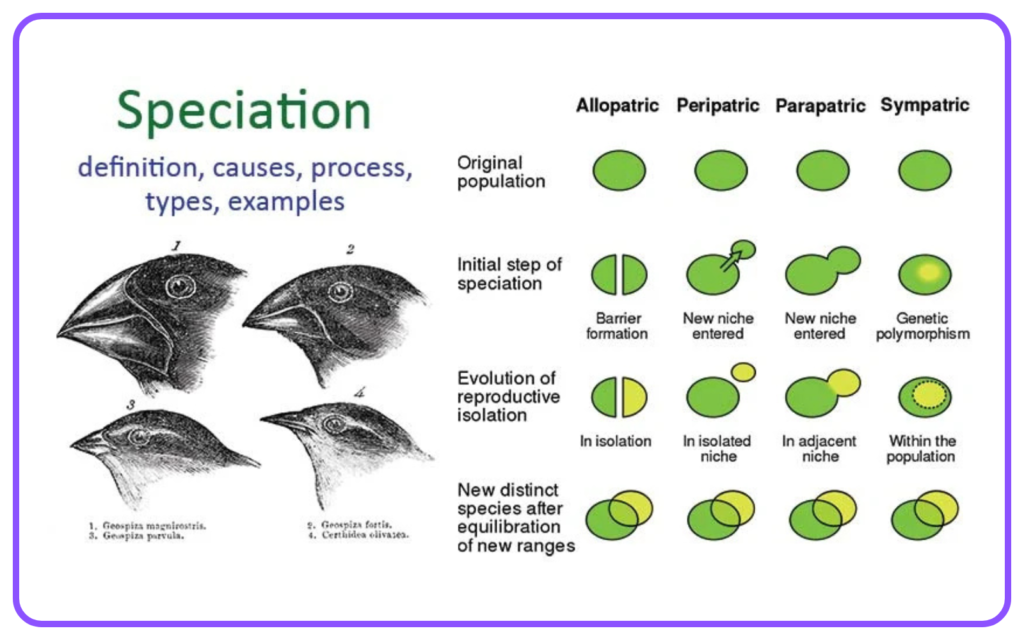
- Extinction: The disappearance of species due to failure to adapt to changing conditions.
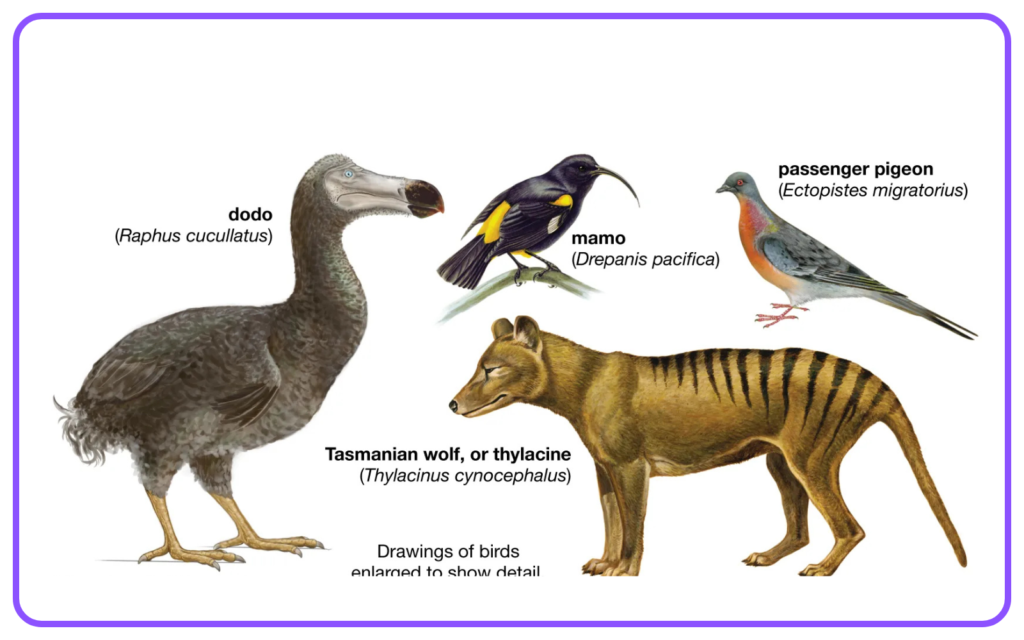
- Adaptive Radiation: The evolution of different species from a common ancestor in response to different environmental niches (e.g., Darwin’s finches).
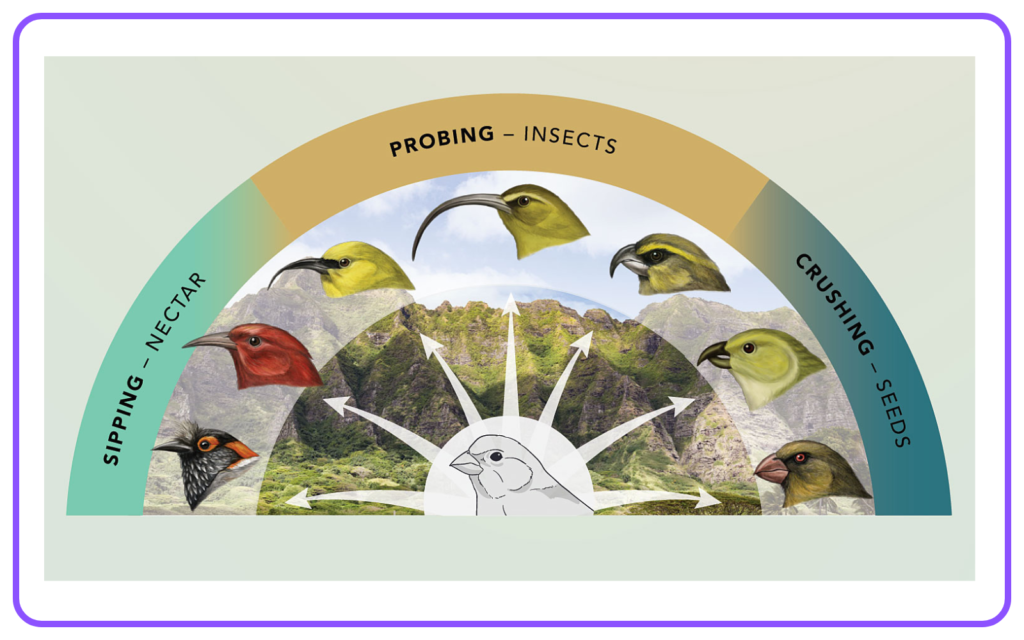
Key Concepts Related to Evolution
- Lamarck’s Theory: Proposed that organisms can pass on traits acquired during their lifetime (now largely discredited).
- Darwin’s Theory of Natural Selection: Emphasizes survival of the fittest through natural selection.
- Neo-Darwinism: Combines Darwin’s theory with modern genetics.
Let’s practice!

